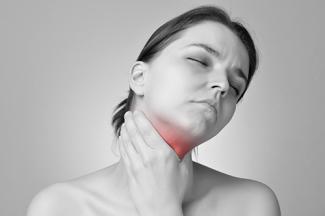
What tests do you need to have done
The doctor will conduct some of the following:
Physical examination to identify goiter and other physical signs and symptoms of hypothyroidism.
Laboratory tests may check the following:
Antithyroid Antibodies: These are proteins produced by our immune system that destroy thyroid tissue. Increased antithyroid antibodies provide the most specific laboratory evidence of Hashimoto’s thyroiditis, but they are not present in all cases.
TSH (Thyroid-Stimulating Hormone or Thyrotropin) Test: Increased TSH level in the blood is the most accurate indicator of hypothyroidism. TSH is produced by the pituitary gland, which is located in the centre of the head behind the nose. The level of TSH rises dramatically when the thyroid gland even slightly under-produces thyroid hormone, so in patients with normal pituitary function, a normal level of TSH reliably excludes hypothyroidism.
An estimate of free thyroxine: This is the active thyroid hormone in the blood. A low level of free thyroxine is consistent with thyroid hormone deficiency. However, free thyroxine values in the “normal range” but with high TSH also points to hypothyroidism.
Fine-needle aspiration of the thyroid: This is usually not necessary for most patients, but a good way to diagnose difficult cases and a necessary procedure if a thyroid nodule is also present. A thin needle is used to draw cells or fluid from a lump or mass under the skin to understand if the nodule is cancerous or not. About 10 per cent of Hashimoto’s cases show thyroid nodules.
Thyroid scan for nodules: If you have a thyroid scan, you will be given a tiny amount of radioactive material that is taken up by your thyroid. Imaging machines detect the radioactivity and record it on film to produce a picture showing the distribution of the radioactivity in your thyroid. Thyroid nodules may show up on scanning as zones of decreased activity ("cold" nodules) or zones of increased activity ("hot" nodules). Hot nodules almost never contain cancer. Most cold nodules are also harmless, but since thyroid cancers usually appear as cold nodules as well, all cold nodules require further study.
Some physicians advise an ultrasound test to determine whether a cold nodule is solid (as are most tumours whether or not they contain cancer) or a fluid-filled cyst. Ultrasound studies are being ordered less often because needle biopsy will provide the same information, and can also provide cells and tiny tissue fragments for microscopic study by pathologists.









